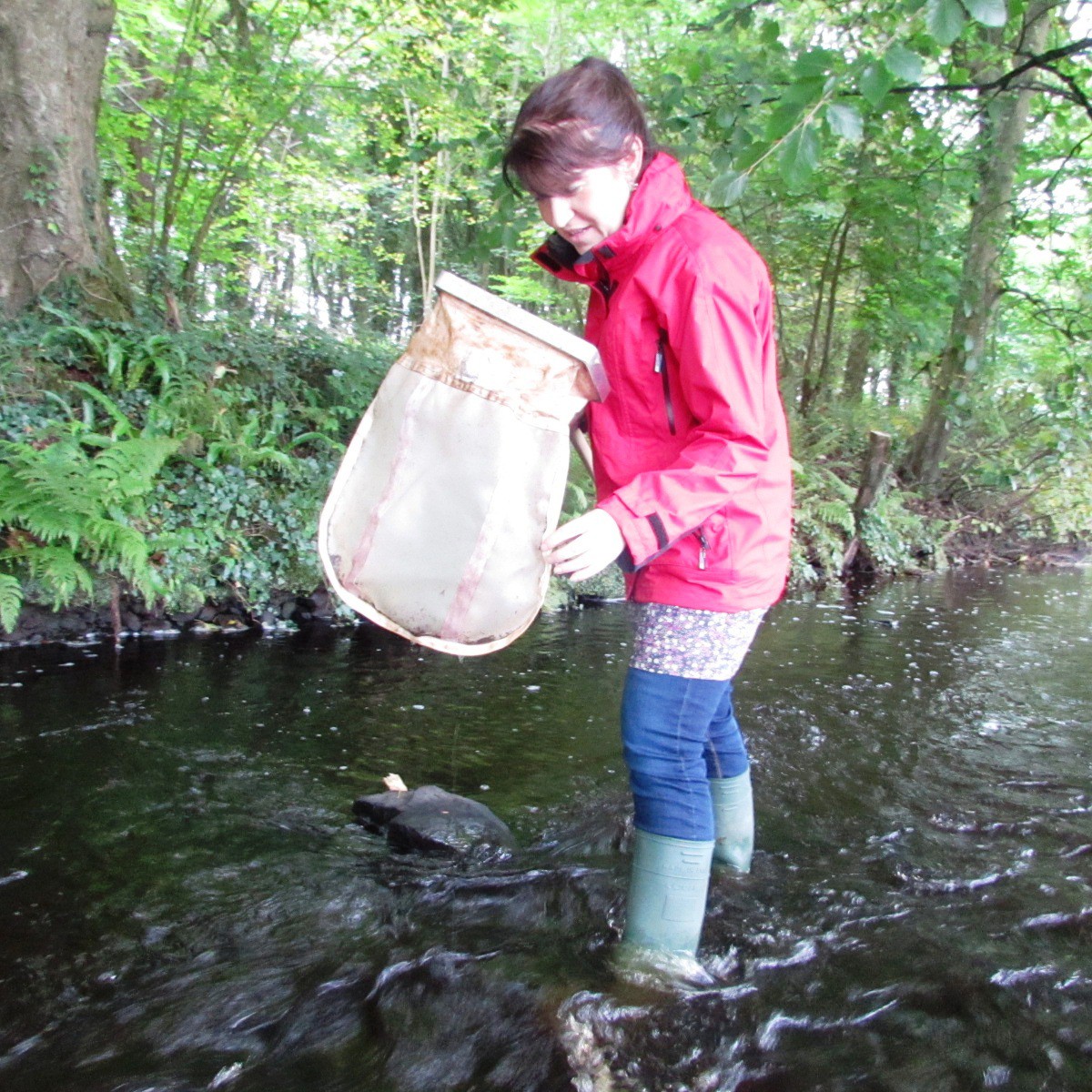
Five West Clare schools and volunteers from Kilrush Tidy Towns are participating in a new environmental education initiative focusing on the aquatic and biodiversity resources of Poulnasherry Bay and its neighbouring Wood river catchment.
Poulnasherry Bay, a designated shellfish water on the Shannon Estuary, is located close to Querrin, Lisdeen and Moyasta.
Utilising the award-winning ‘StreamScapes’ programme, Clare County Council and the Cork-based Coomhola Salmon Trust will host a series of field studies and theory sessions, backed up by a dedicated local environmental booklet that will be widely and freely distributed throughout the community.
Kilrush Tidy Towns members and students from the five participating schools, namely Moyasta NS, Querrin NS, Gaelscoil Uí Choimín, St. Senan’s NS and Kilrush Community College, will be engaged in catchment studies and project work.
“In hosting this programme, Clare County Council is giving people in the vicinity of Poulnasherry Bay and Kilrush the opportunity to learn about the important links between high status local water quality and human health, thriving socio-economy and biodiversity,” explained Karen Foley, Environmental Awareness Officer, Clare County Council.
She added, “We are excited to be producing this programme and encourage people to engage.”
“It is an entirely achievable goal to have flourishing agriculture, forestry and industry, and still conserve our local water quality and a rich biodiversity, which also drives tourism and other economic engines”, says Mark Boyden, StreamScapes Project Director of Coomhola Salmon Trust.
“The twin keys to unlocking this potential involve awareness of the bounty that clean waters support, and the ‘best-practices’ which can minimise our impacts. At the heart of the methodology is a celebration of local assets; aquatic, agricultural, biodiversity, heritage and culture,” he added.
Mr. Boyden continued, “By engaging with a small critical mass of local population we hope to build a currency of these issues, leading to not only the conservation of local water quality but wider benefits for local communities
